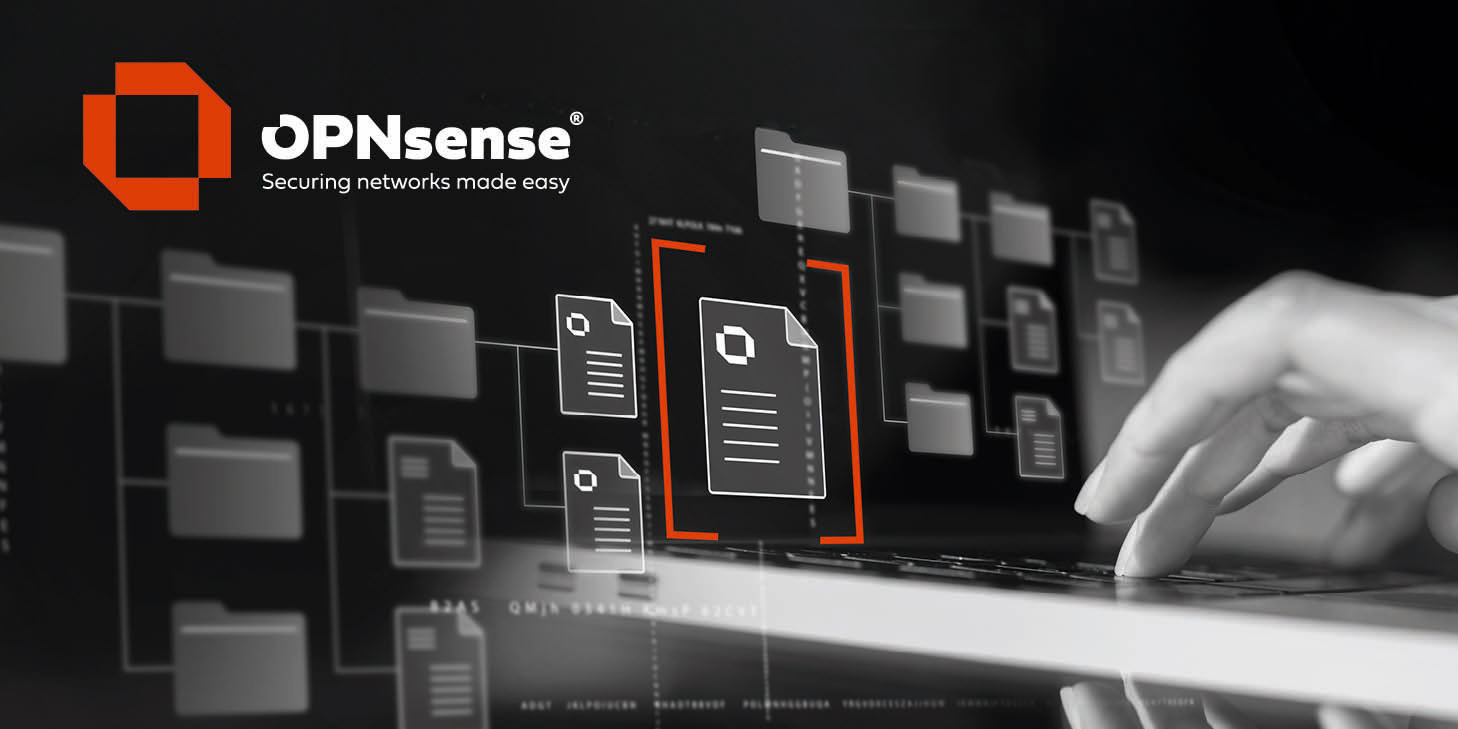I believe the iflib.driver_version is returning the same value formerly appended to the %desc value.
https://www.freebsd.org/cgi/man.cgi?query=iflib&manpath=FreeBSD+12.2-RELEASE
The Description paragraph of the iflib man page explains how its purpose is to allow driver authors to use a standard set of sysctl names, and defines driver_version as "A string indicating the internal version of the driver." I take "the driver" to mean "the driver you wrote to operate the hardware" not "the iflib framework".
https://www.freebsd.org/cgi/man.cgi?query=em&sektion=4&manpath=FreeBSD+12.2-RELEASE
The value returned by my i350 dual-port NIC is in line with what madj42 linked to. The History paragraph of the em man page explains how "em was merged with the igb device driver and converted to the iflib framework in FreeBSD 12.0." Which would explain why the unused Intel igb driver version does not match the one from the kernel reported via iflib.driver_version.
https://www.freebsd.org/cgi/man.cgi?query=iflib&manpath=FreeBSD+12.2-RELEASE
The Description paragraph of the iflib man page explains how its purpose is to allow driver authors to use a standard set of sysctl names, and defines driver_version as "A string indicating the internal version of the driver." I take "the driver" to mean "the driver you wrote to operate the hardware" not "the iflib framework".
https://www.freebsd.org/cgi/man.cgi?query=em&sektion=4&manpath=FreeBSD+12.2-RELEASE
The value returned by my i350 dual-port NIC is in line with what madj42 linked to. The History paragraph of the em man page explains how "em was merged with the igb device driver and converted to the iflib framework in FreeBSD 12.0." Which would explain why the unused Intel igb driver version does not match the one from the kernel reported via iflib.driver_version.

 "
"
